Are you an educator in the sunshine state in search of engaging, CPALMS-aligned STEAM lessons? Look no further than Ozobot!
Developed by the Florida Department of Education, CPALMS is the state of Florida’s official source for standards information and course descriptions.
In this blog post, we’ll highlight some of the top CPALMS-aligned lessons that are perfect for your classroom. Each lesson includes clear objectives, outcomes, and engaging activities and assessments to help your students learn and apply key computer science concepts.
Read on to discover the top free CPALMS-aligned lessons in Ozobot Classroom for K-12 students.
CPALMS Aligned Lessons
Forces and Motion Ozobot Challenge
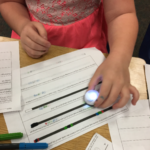
Grades: K-3
This fun, engaging activity combines programming skills and science content! Students will use their knowledge of forces and motion to program their bots for a number of scenarios where they pretend their bots are balls in the scenario.
Code for the Gold – 50 cm Race

Grades: K-12
In this exciting lesson, students will plan and execute a program with a variety of parameters, practice measurement, sequencing, and debugging as they create a racetrack for Evo using Color Codes.
SDG #11 Sustainable Cities and Communities: Ozoland: A Sustainable Neighborhood
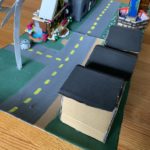
Grades: K-6
In this CPALMS-aligned lesson, students will create their own sustainable neighborhood and then code Evo to tour their neighborhood using Color Codes and Ozobot Blockly.
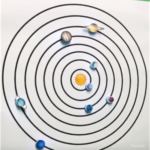
Grades: 1-4
Are your students having trouble learning the names and order of the planets? This interactive lesson helps students learn the names and order of the planets using Color Codes.
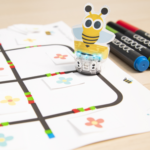
Grades: 2
In this popular lesson, students will create an interactive model of a flower garden to demonstrate how animals help with pollination. Then, students will collect data about the flowers pollinated using Color Codes.
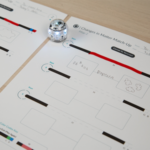
Grades: 3
In this activity, students will use context clues to identify different examples of matter that change by heating and cooling. Then, students will draw pictures and program their bot to demonstrate how some changes can be reversed and some cannot.

Grades: 3
In this CPALMs-aligned lesson, students will explore how certain traits are inherited in animals by programming their bot to choose a trait from a pair of parents randomly. Then, students will put the chosen inherited traits from the parents together to draw an example of the offspring using Color Codes.
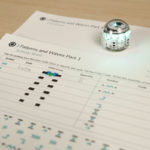
Grades: 4
In part one of this three-lesson series, students will identify patterns in print and in Color Codes. Then students will create their own patterns.

Grades: 4
In part two of the three-lesson series, students will identify parts of a transverse wave and draw waves with varying amplitude, wavelength, and frequency.
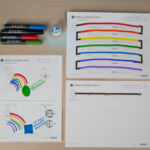
Grades: 4
In part three of the three-lesson series, students will create models of light waves that allow people and bots to see color. Then, students will create a pathway including colored lines and Color Code patterns to show how light waves can transfer information.
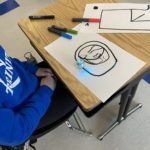
Grades: 4-5
This is a great lesson to facilitate to upper elementary students to check their understanding of how the Earth rotates on its axis and revolves around the sun, as well as how the moon revolves.
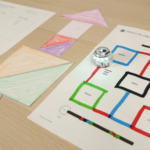
Grades: 5
Science and speed! In this lesson, students will follow the scientific method to determine the speed of their bot when different Color Codes program it.
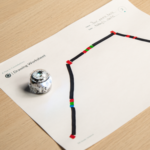
Grades: 5
In this CPALMS-aligned lesson, students will draw a constellation model by plotting the stars’ points. Then they will connect the stars with markers and incorporate at least three Color Codes in their constellation drawing for their bot to follow.
Eclipses and Celestial Mechanics
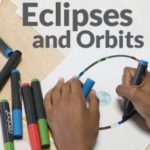
Grades: 2-12
Demonstrate the magic of eclipses, lunar phases, and celestial mechanics (changing speeds of orbiting bodies) using robots on a simple map based on the Moon’s orbit around Earth using Color Codes with an optional Ozobot Blockly challenge.
Ozobot Blockly Challenge: OzoTown
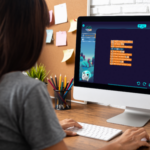
No bot? No problem! The Ozobot Blockly OzoTown challenge will teach advanced sequencing as students utilize logic, reasoning, and computer science skills to navigate real-life scenarios.
Looking for more lesson content inspiration? Check out the Evo App, 3D CAD Library, and Ozobot.com to spark ideas!









